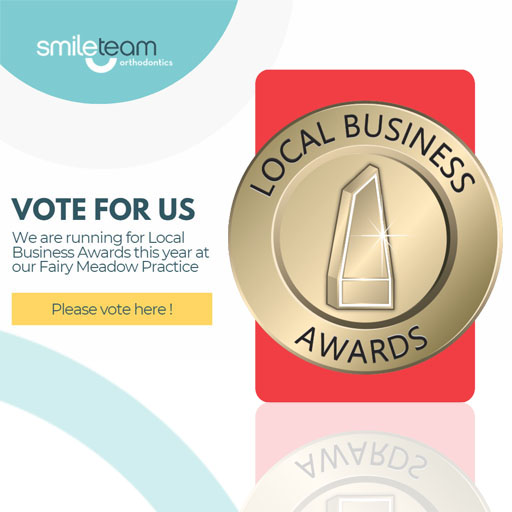Retainers: Everything You Need to Know to Protect Your Smile
Completing orthodontic treatment is a huge milestone, but keeping your results depends on the retention phase. Retainers are essential for maintaining teeth in their new positions, preventing relapse, and protecting the time and effort invested in braces or aligners. Without them, teeth can begin to shift within weeks.
Why Retainers Are Needed
Orthodontic relapse happens when teeth move back towards their old positions. This occurs because periodontal ligaments and bone need time to adapt after treatment. Retainers support teeth while tissues stabilise, ensuring long-term alignment.
Benefits include:
- Preventing relapse.
- Supporting jaw stability after bite correction.
- Allowing gums and bone to remodel.
- Protecting your orthodontic investment.
Types of Retainers
Removable Retainers
- Hawley retainers: Acrylic plate with a wire; durable and adjustable.
- Essix retainers: Clear, plastic trays; discreet but less durable.
- Vivera retainers: Premium clear retainers supplied in sets.
Fixed (Permanent) Retainers
- Thin wire bonded to the back of the front teeth.
- Constant retention without relying on memory.
- Require careful cleaning with floss threaders or interdental brushes.
Quick Comparison:
- Removable: Easier to clean, but relies on compliance.
- Fixed: Hidden, long-lasting, but harder to clean.

What to expect?
- Mild pressure or speech changes at first.
- Removable retainers must be cleaned daily; avoid toothpaste to prevent scratches.
- Fixed retainers need special flossing techniques.
- Most patients adapt quickly to daily life, including activities such as sports or music.
How long do you need to wear a retainer?
Retention is a lifelong commitment, though the routine lessens over time.
- First 3–6 months: Wear full-time.
- 6–12 months: Switch to nights only.
- Beyond 1 year: Night-time wear a few times a week, or a permanent retainer for constant support.

Risks and Maintenance
Risks: breakage, relapse if you forget to wear them, or plaque build-up with fixed retainers.
Prevention: clean daily, store properly, and replace when worn or cracked.
When to Replace
- Clear retainers: every 1–3 years.
- Hawley: up to 10 years with good care.
- Fixed: may last over a decade but require occasional repairs.
FAQs
Do retainers hurt?
Initially, only mild pressure, which fades quickly.
Can I eat with a retainer?
Remove removable retainers before meals; fixed retainers stay in place.
What if I lose or break mine?
Contact your orthodontist immediately; teeth can shift in just days.
Will it affect speech?
Some lisping may occur at first, but it usually disappears within a week.
Conclusion
Retainers are the guardians of your smile. Whether removable or fixed, they keep teeth in alignment long after braces or aligners are removed. With consistent wear and proper care, your results can last a lifetime.
For more information or to schedule a check-up, contact Smile Team Orthodontics today!
Book your assessment
Please complete the booking form below and we will be in touch to arrange your assessment.
